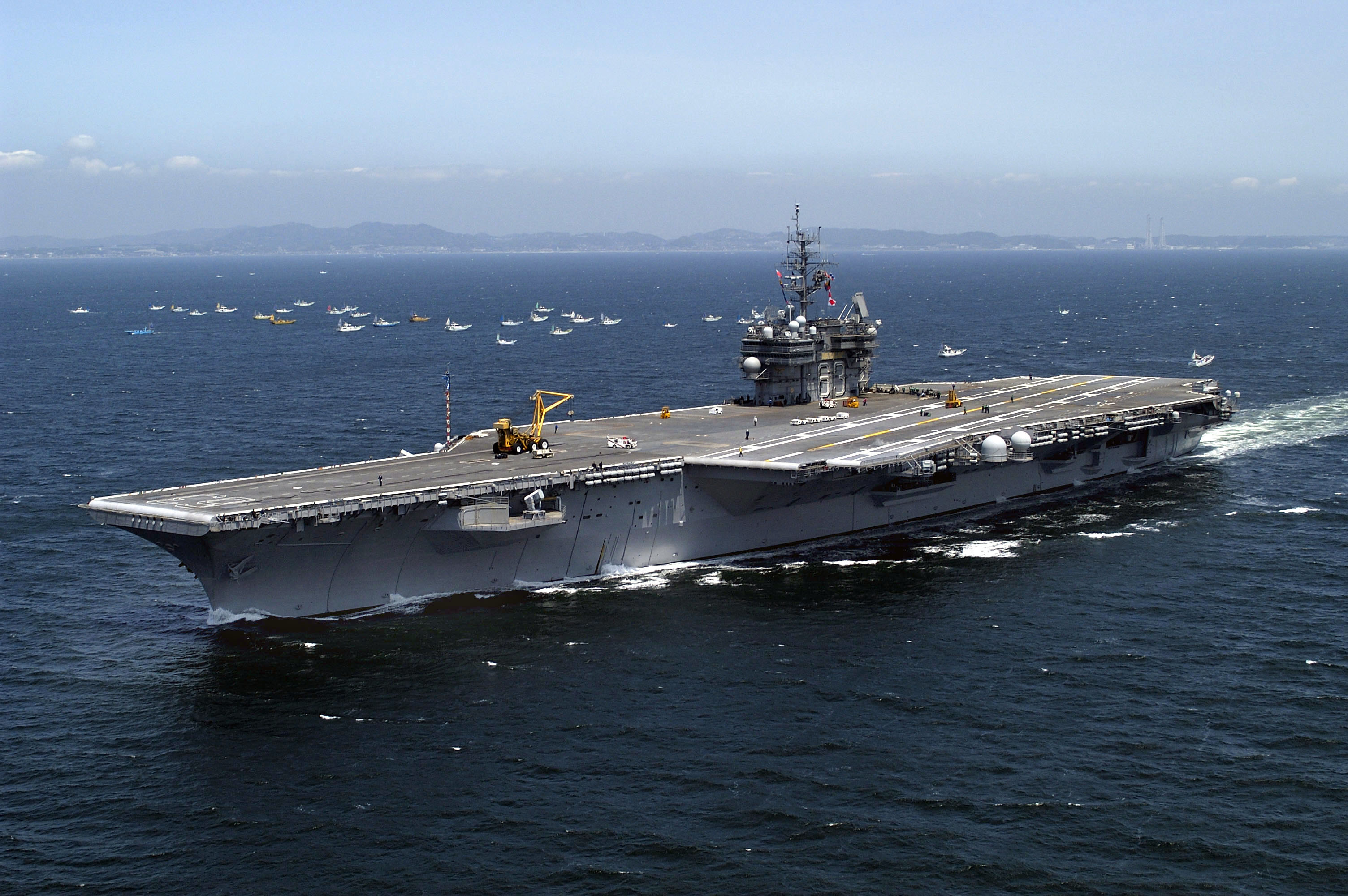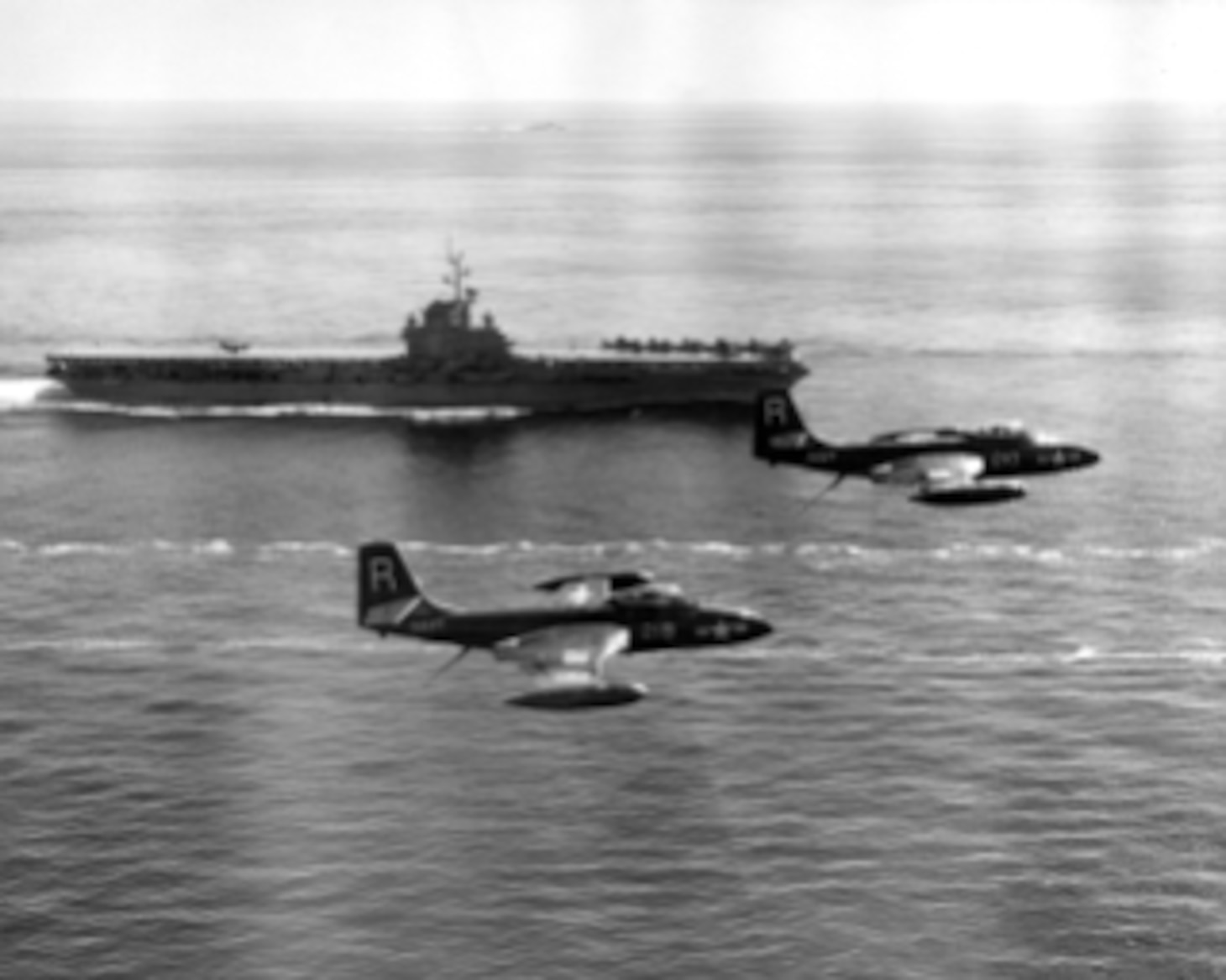Are Aircraft Carriers Obsolete - In the fourth week of October 1944, the US Navy sank the Japanese fleet. Almost everything. Japan lost twenty-eight major surface combatants and over 300 aircraft in the four-day Battle of Leyte Gulf off the east coast of the Philippines. Leyte Gulf was the last throw of the dice for the Imperial Japanese Navy, which never recovered from the loss.
The Battle of Leyte Gulf is well remembered as the swan song of the US gunnery radar-guided battleship that scored dozens of hits on Japanese targets. Less well known is the fact that it also marked the end of the carrier battle. Leyte Gulf was the last time opposition fleets launched large numbers of carrier-based aircraft to seek out and destroy their adversaries on the high seas.
Are Aircraft Carriers Obsolete

If the era of dreadnought battleships lasted less than forty years, the era of carrier battles lasted less than four. The first major ship-launched naval engagement in history was the Battle of Taranto in November 1940, when British aircraft from HMS
Do Aircraft Carriers Have A Future?
Since the end of World War II, an aircraft carrier has ruled the world's oceans, which is undefeated, but also untested. With China developing anti-ship ballistic missiles with a range of 2,500 miles or more and Iran bragging about its willingness to do anything to achieve the prestigious victory of hitting an aircraft carrier, the aircraft carrier's reign as king of the ocean continues. can seem anything but safe. But this is a confusing way with the mission.
The aircraft carrier played an irreplaceable role in the Allied victory in the Pacific in World War II. But it is commonplace, bordering on cliché, to warn that strategists are forever preparing to fight yesterday's wars. What about the wars of tomorrow? If the aircraft carrier has not had to fight for sea supremacy in the last 75 years, why should we expect it in the future?
We should not. The battle for naval supremacy in the Pacific was yesterday's war, and the aircraft carrier is tomorrow's ship. Neither China nor anyone else will ever again launch a surprise attack on Pearl Harbor, landing troops in the Philippines and Malaysia in an attempt to dominate the entire Indo-Pacific region. Satellite tracking and nuclear-powered attack submarines have rendered large-scale naval operations such as these obsolete.
The true mission of the 21st century carrier is to create an extraterritorial zone of control overseas. An American aircraft carrier stands at the center of a 500-mile circle in which the United States, figuratively and literally, calls all.
Assault Carrier' Tests Show How Marine F 35bs Can Operate With Navy Aircraft Carriers, Says 7th Fleet Commander
The only limitation is that the center of the circle must float on water, but even that is not as limited as it seems. Most of the world's population and economic activity is concentrated on its shores. Moreover, most of what connects a country to the outside world travels across, over or under the world's oceans. China's Belt & Road Initiative has incredibly failed to change that.
Naturally, the Navy must prepare for all contingencies and therefore be prepared to fight a naval battle that never comes. That's why every US aircraft carrier goes to sea with a full contingent of powerful support ships. But despite the name, the purpose of an aircraft carrier strike group is not to strike. It is to conquer and hold a million square miles of the earth's surface against all but the best-armed and most determined opponents.
China and Russia may prevent the President of the United States from seizing and maintaining control of their coasts, but the rest of the world is at his disposal.
Of course, the United States doesn't really "need" aircraft carriers. Currently, the aircraft carrier is a foreign policy tool, not a defense necessity. No one is going to attack the United States, and if they did, land-based aircraft and submarines would provide the best defense. When it comes to patrolling the world's shipping lanes, frigates can do it. You don't search and rescue an F/A-18.
The Future Of The Aircraft Carrier And The Carrier Air Wing > National Defense University Press > News Article View
The aircraft carrier is the weapon of choice for arbitrary missions, not the weapon of choice for essential ones. As long as the United States wants the ability to transfer power overseas, the aircraft carrier will have a mission. The Chinese aircraft carrier program should also be seen in the same light. The carriers will give China the ability to establish a limited zone of control in territory far from its borders, unless the United States wants to own the same real estate.
Many defense analysts openly question the carrier's continued military relevance in an era of precision missiles and drones. Others warn that the consequences of losing one of these 7,000 naval cities are so dire that presidents and their advisers may be reluctant to actually risk battle.
These skeptics are missing a major political point: America's aircraft carriers are no longer intended for use in naval warfare. They are designed to give the president the power to take control of a substantial portion of the earth's surface and use it in the national interest of the United States, or at least deny its use to anyone else. Whether or not this skill is worth the price is debatable. However, no other policy instrument can do this job more flexibly or effectively. A robust policy will also require overcoming resistance to replacing manned submarines with all types of unmanned underwater craft, from very small to large unmanned vehicles.
"History", it was written, "does not repeat itself, but rhymes". Today it rhymes with General Billy Mitchell. In the 1920s, Mitchell defied conventional thinking by advocating air power at sea in the face of a naval establishment dominated by advocates of warships.
Aircraft Carriers: How America's Aircraft Carriers Could Become Obsolete
Such was the hubris of the "naval battleship" that just nine days before Pearl Harbor, the official program for the 1941 Army-Navy game featured a full-page photo of the battleship USS.
Of course, the reason no one had ever sunk a warship from the air—in combat—was because no one had ever tried.
, in an air demonstration in 1921, but the Navy said the test turned up nothing. Two of the observers that day were Japanese officials.

Also, the architect of the attack on Pearl Harbor, Isoroku Yamamoto, was a student at Harvard at the time and no doubt read the widely reported newspaper accounts of the event.
Are The Royal Navy's Aircraft Carriers Too Big?
The aircraft carrier definitely replaced the battleship as the Navy's naval command flagship, but its reign in that capacity was actually quite short. The aircraft carrier established its dominance at the Battle of Midway and was at the center of five major naval battles between 1942 and 1944.
However, after the Battle of Leyte Gulf in 1944, the US Navy repositioned the aircraft carrier as a power projection platform ashore. The United States has not lost an aircraft carrier in war since
Sunk in 1942 as the Japanese surface fleet was devastated. Even Tokyo did not use its submarines effectively.
But that record, like the Army/Navy game show bragging rights, isn't a sign that an aircraft carrier can't be sunk — or stopped — but rather the fact that since 1945, the U.S. Navy has never attacked another Navy. the battle that tried.
Are Aircraft Carriers A Source Of National Pride
"Projecting the past into the future is risky, especially when we are not sure what the past was like," wrote James Holmes, a naval warfare expert at the United States Naval War College.
Which brings us to today. The U.S. Navy has fallen into a troubling pattern of designing and acquiring new ship classes that are probably best kept as one ship—or at best in limited numbers. It also builds several types of new aircraft that do not meet specifications.
The Navy is developing a new class of supercarriers that cannot function properly and has designed them to launch F-35 fighter jets that are not ready for their missions. All this is happening in an era of runaway budgets, which bodes well for America's naval power and future leadership.
/https://www.thestar.com/content/dam/thestar/news/world/2017/07/01/roll-of-us-carrier-fleet-could-become-obsolete/us-aircraft.jpg)
The fact that the Navy is concentrating larger percentages of its total force structure on large, high-signature and increasingly vulnerable ships threatens America's future. Fortunately, there are better options for the status quo if the Navy moves now.
Will Aircraft Carriers Soon Be A Technology Of The Past?
Before asking whether it makes sense to continue investing in aircraft carriers, we must ask whether we can afford them.
, will cost more than double the constant dollars. The carrier's air wings cost about 70% more than the cost of the ship itself.
At a time when personnel costs, including health care and pensions, are eating into the military from within, the fact that these vessels require 46 percent of the Navy's personnel for crew and support puts them in the crosshairs in an environment of extreme budget constraints.
The Center for Budget and Strategic Assessments said it was the most expensive piece
The Attack Carrier
Us aircraft carriers names, uss aircraft carriers, aircraft carriers of ww2, us navy aircraft carriers, navy aircraft carriers, museum aircraft carriers, aircraft carriers, aircraft carriers for sale, aircraft carriers model kits, active us aircraft carriers, rc aircraft carriers, toy aircraft carriers

0 Comments